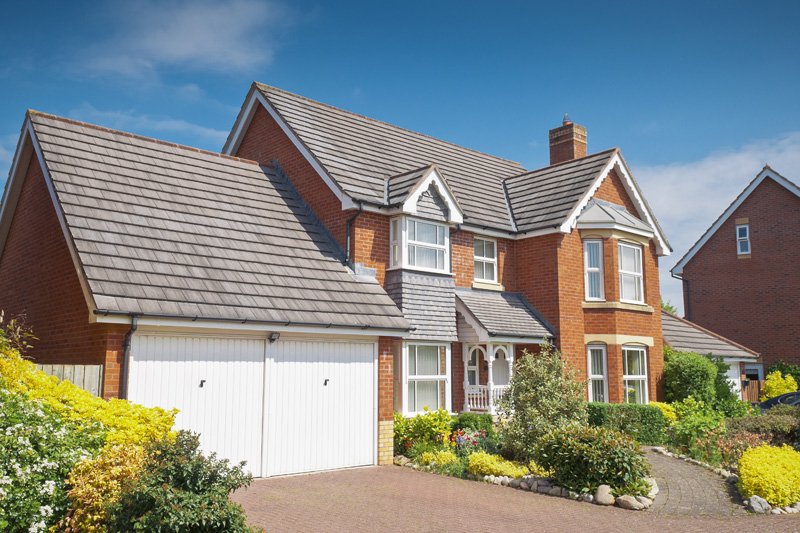
It’s likely that you have heard the term ‘price-per-square foot’ in reference to the value of a home or other property. This can be a useful metric to keep in mind when comparing the market price of one place versus another. On the other hand, it isn’t necessarily a super accurate indicator of worth. Here’s why price per square foot is just a guideline when valuing a home.
How Do You Calculate Price Per Square Foot?
The calculation for price per square foot is extremely simple. All you must do is take the value of a home and divide it by its square footage. For example, a $350,000 home that’s 1,000 square feet would be $350 per square foot. This can be a useful indicator for buyers, as it helps them get a better idea of how much they’ll be paying for a home.
It doesn’t, however, tell you why house has its price per square foot at a certain level. And this measurement also can’t be reliably used to price a comparable property.
Why Does Price Per Square Foot Fall Short?
The most obvious reason why people can’t put too much stock in price per square foot is because size isn’t the only factor in determining value. Location is often cited as the most important aspect to property. This is one major reason why you can’t really use price per square foot to put a price tag on a home.
Say House A is 1,000 square feet and backs up to an active railroad. House B is also 1,000 square feet, but across town, near a park and several four-star restaurants. The price per square foot of House B won’t help you come to an accurate valuation of House A. Their locations are just not comparable. It’s prudent to know how homeowner’s insurance quotes compare price per square foot in coverage equations. This can either save or cost you a noticeable amount of money.
Amenities are another reason why price per square foot often can’t be used to determine home value. Some neighborhoods are filled with homes built around the same time, with the same features. In situations like this, price per square foot is a helpful pricing metric. Its usefulness quickly erodes when there’s a discrepancy between the qualities of homes. Think of the sort of place typical for a first-time homebuyer. It will likely have a lot of standard touches and appliances. The materials will be of an acceptable grade, but likely not of superior quality.
Contrast this with a high-end property, which can be lavishly extravagant. There’s a fundamental lack of crossover between these types of homes. Price per square foot is just not a reliable resource when properties have too little overlap.
Lot size is also not factored into the price per square foot equation. Assume two homes are equal in size, quality, and location. If one home has a lot that’s four times the size of the other’s, price per square foot is going to be thrown completely out of whack. In this scenario, the inherent property values are too incompatible to be compared with price per square foot. Trying to do this will only result in you ending up with a flawed calculation.
Price-per-square foot can be useful as a soft metric for comparing highly similar homes. However, it really isn’t the best method for determining a true price.

Founder Dinis Guarda
IntelligentHQ Your New Business Network.
IntelligentHQ is a Business network and an expert source for finance, capital markets and intelligence for thousands of global business professionals, startups, and companies.
We exist at the point of intersection between technology, social media, finance and innovation.
IntelligentHQ leverages innovation and scale of social digital technology, analytics, news, and distribution to create an unparalleled, full digital medium and social business networks spectrum.
IntelligentHQ is working hard, to become a trusted, and indispensable source of business news and analytics, within financial services and its associated supply chains and ecosystems




























